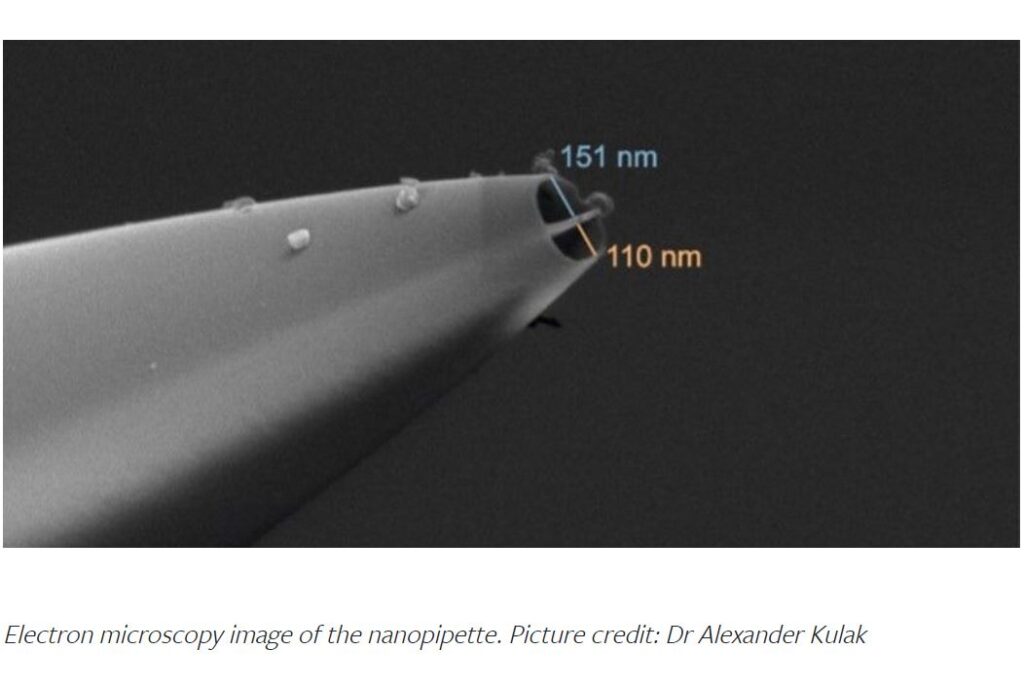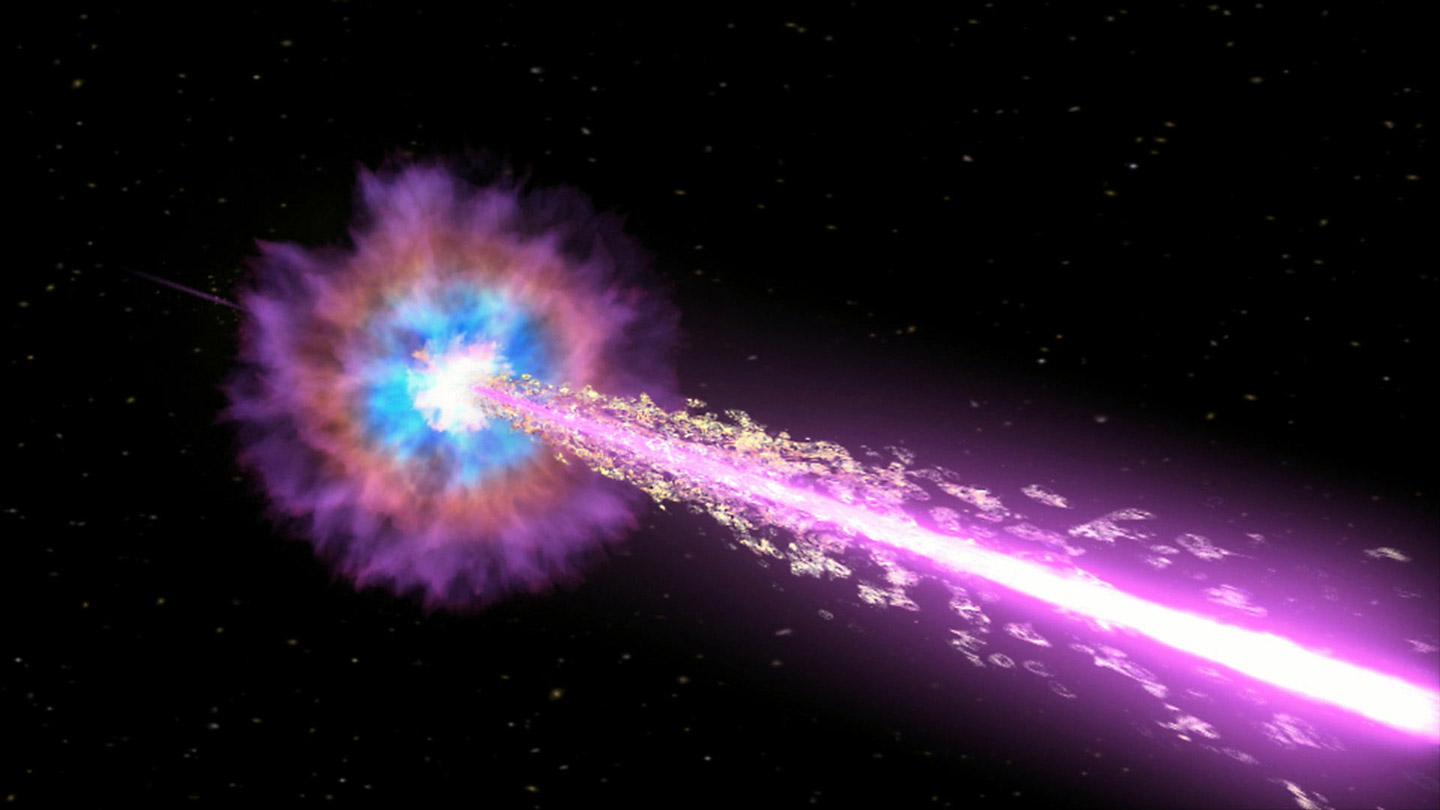
A groundbreaking nanosurgical tool — about 500 times thinner than a human hair — could be transformative for cancer research and give insights into treatment resistance that no other technology has been able to do, according to a new study.
The high-tech double-barrel nanopipette, developed by University of Leeds scientists, and applied to the global medical challenge of cancer, has — for the first time — enabled researchers to see how individual living cancer cells react to treatment and change over time — providing vital understanding that could help doctors develop more effective cancer medication.
The tool has two nanoscopic needles, meaning it can simultaneously inject and extract a sample from the same cell, expanding its potential uses...
Read More










Recent Comments